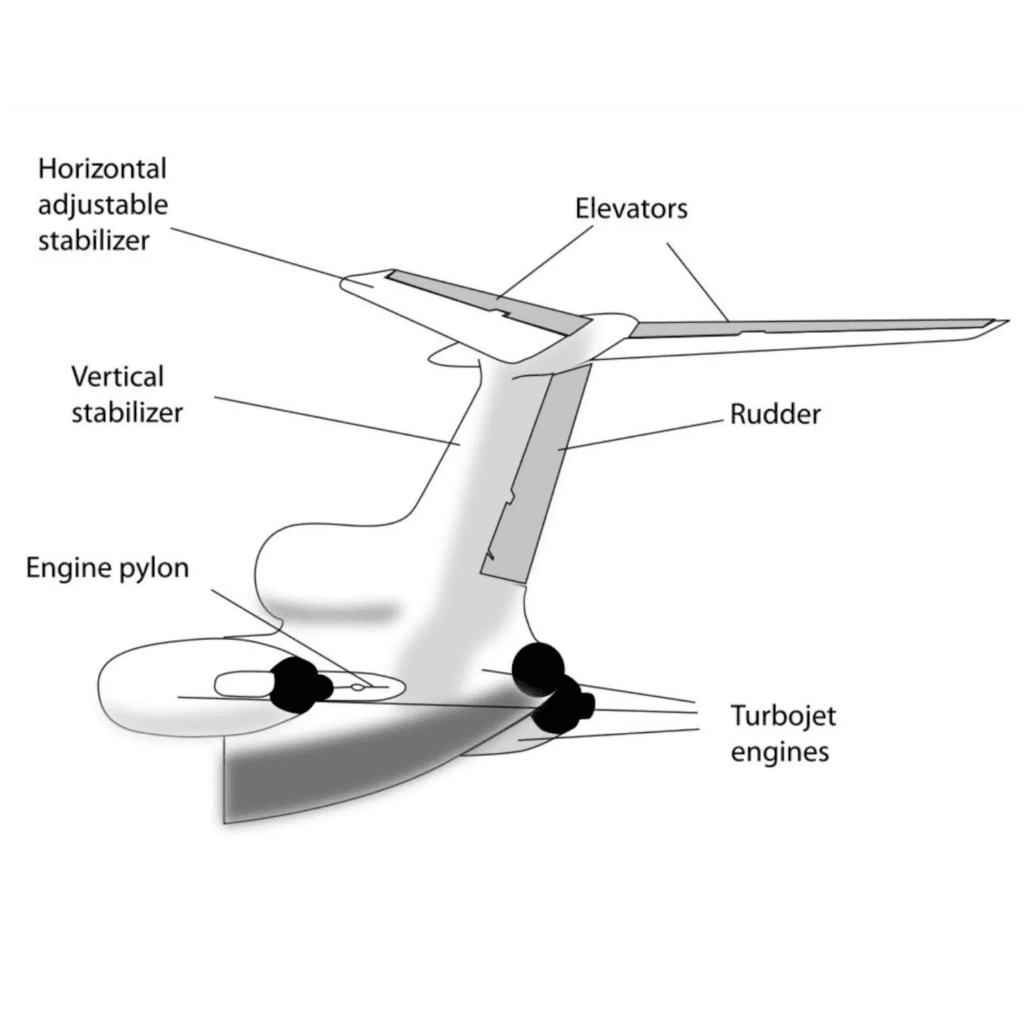
When an aircraft with a T-tail design stalls, the airflow over the wings becomes disrupted and the aircraft starts to lose lift. At this point, the nose of the aircraft will pitch upwards due to the loss of lift, which causes the elevators on the tail to become less effective. In a T-tail design, the elevators are located on top of the rudder, which means that they are in the wake of the disrupted airflow caused by the stalled wings. This can cause the elevators to become even less effective, which can make it difficult or impossible for the pilot to recover from the stall. Additionally, in some T-tail designs, the rudder can become less effective in controlling the aircraft’s yaw, which can further complicate the recovery from a stall. For these reasons, T-tail aircraft require special training and procedures to safely recover from a stall.

Here are some additional details about why T-tail aircraft can be more challenging to recover from a stall
Deep Stall
One of the main concerns with T-tail aircraft is the possibility of entering a deep stall condition. A deep stall occurs when the airflow over the main wings is completely disrupted, and the disturbed airflow from the stalled wings engulfs the tail section, including the elevators. In this situation, the elevators can become trapped in the turbulent airflow and lose their effectiveness, making it extremely difficult for the pilot to regain control of the aircraft.
Elevator Blanketing
In a T-tail configuration, the elevators are positioned higher up on the tail, closer to the wake of the stalled wings. As the aircraft approaches a stall, the disturbed airflow from the wings can blanket or block the airflow over the elevators. This results in a loss of control authority, making it challenging for the pilot to recover from the stall and regain control of the aircraft’s pitch.
Pitch-Up Tendency
When an aircraft stalls, there is a natural tendency for the nose to pitch up due to the loss of lift on the wings. In a T-tail aircraft, this pitch-up tendency can be exacerbated because the elevators are located on top of the rudder. The disturbed airflow from the stalled wings can further disrupt the effectiveness of the elevators, making it harder for the pilot to lower the nose and recover from the stall.

Rudder Effectiveness
In some T-tail designs, the rudder, which is used to control the aircraft’s yaw (side-to-side movement), may also become less effective during a stall. The disturbed airflow around the tail section can reduce the effectiveness of the rudder, making it more challenging for the pilot to maintain directional control of the aircraft during the stall recovery process.
Due to these factors, pilots flying T-tail aircraft need to be aware of the specific stall characteristics and recovery techniques associated with their aircraft. They require proper training to recognize and respond appropriately to stalls, as well as to understand the limitations and challenges of recovering from a stall in a T-tail configuration.
Author – Dan





